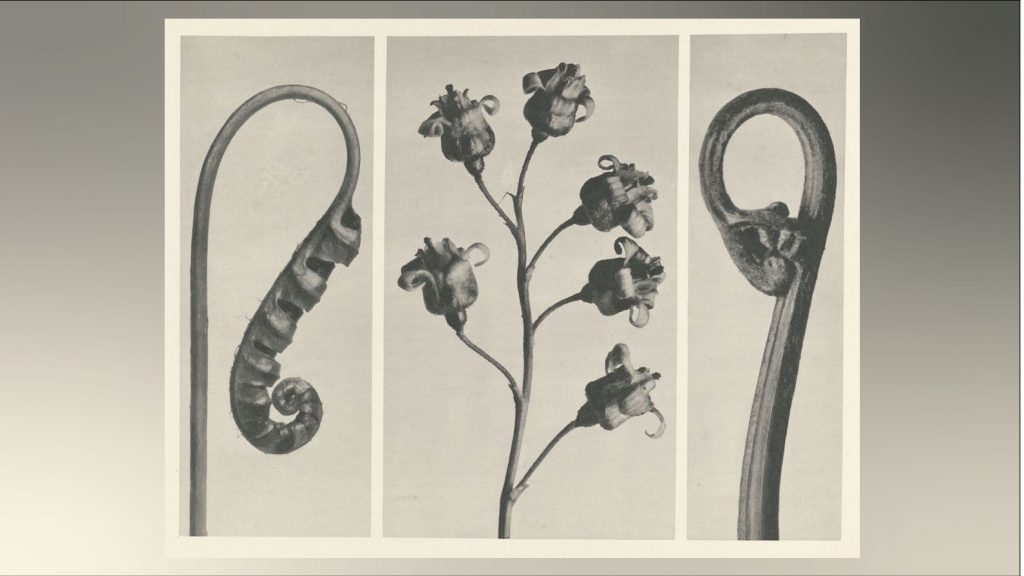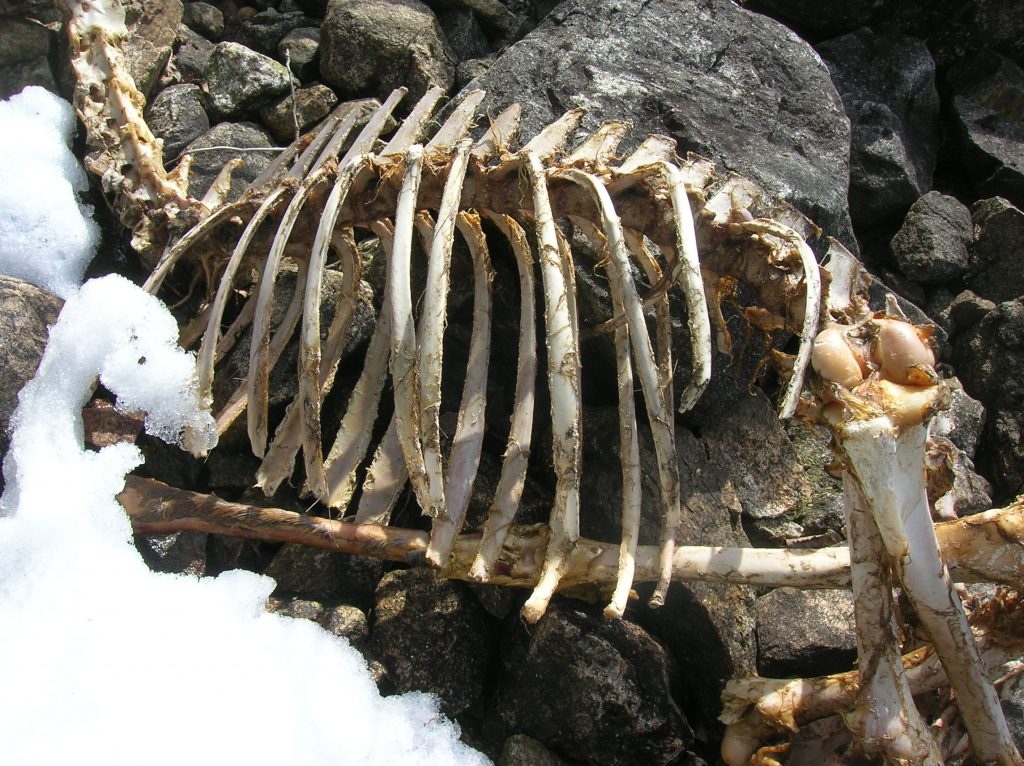New World Alphabet
Aspiration. Dream and breath; the air you use to articulate your dream. Dan says, let’s move somewhere near the sea, and I say, let’s move somewhere we can drink the tap water.
Body. The plant’s body: so much of it obscured by soil we didn’t know to aerate with vermiculate. We said medium but we didn’t think about our medium until we had to cleanse ourselves of it.
Carbon. The signature element of organic matter. The only ingredient in diamonds, coal.
Dandelion (Taraxacum). My mother used to tell me of the crumbling con- crete slab by the train station in Egg Harbor: I would roller skate by myself all day. Then I took vinegar, oil, and salt from my bag and fixed a salad from the dandelions growing in the cracks. When I was in school, the city tore it up to mend a gas leak in the water supply.
Earth. There is no way to turn virgin earth, Kerwin Fischer admonishes, except by the sweat of your brow. He never mentions Adam by name.
Four o’clocks
(Mirabilis jalapa). Fred, the
saint, veteran of a foreign war, had
two replaced hips and a healthy retirement, even a Cadillac (used), after a
career selling tools in his friend’s hardware
store. He planted four o’clocks against his back fence one summer. The only miracle I witnessed.
Growth. Children grow, plants grow. At best, we live.
Humus. The compost of decayed plants, high in nitrogen, retentive of water, made by earthworms and time.
Icicle radish (Raphanus sativus). Also known as daikon. Used for pickling and cakes, it grows as large as an arm. It is thought to promote digestion, kidney function, immunity, low blood pressure, healthy pregnancy, and bone building. It feels, in your hand, like a life.
Jasmine (Jasminum). The oppressive heat of Saudi Arabia was right for the jasmine vining the archways my father walked under. Their scent would have turned his face up.
(K) Potassium. The third nutrient in fertilizers, it promotes stem strength. Without it, peonies in bloom crush themselves.
Lilac (Syringa). Dan’s favorite flower, one of the only ones he can identify. Each spring, my mother picked nearly all the blooms on our dying plant to give to my teacher that year. The first house Dan and I shared had six lilac bushes, and one spring I drove five hours to give my mother three baskets of lilacs. When we moved away, the landlords sowed our garden with grass and cleared the lilacs.
Money.
(N) Nitrogen. The main ingredient in fertilizer. Even new leaves in nitro- gen-starved plants yellow.
Olive (Olea europaea). Olives can live two thousand years. Our friends plant a sapling in a beautiful clay pot, place it in the center of their yard, and are in Europe.
(P) Phosphorous. Scientists warn that it is crucial for all life on Earth and cannot
be extracted from the oceans it is disappearing into. In Brattleboro,
Vermont, people use their urine to
fertilize plants.
Queen Anne’s lace (Daucus carota). On May Day in 1707, five years into Queen Anne’s rule, Scotland and England were united, becoming Great Britain. Despite seventeen pregnancies, she died without issue, the last Stuart.
Rhizomes. Kerwin Fischer warns the iris grower: the rhizome can grow too large. You have to dig up the plant and mutilate it to force its flower.
Savory (Satureja hortensis). Thomas Jefferson’s 200 slaves kept a decent kitchen garden: 330 varieties of 70 vegetables and meticulous records of their growth. The science and the humanities the tour guide emphasized, gesturing to Don Quijote on the shelf. Overlooking the Blue Ridge valley, I crushed one variety of savory between my fingers and raised it to my nose.
Taxonomy. A system developed by the Swedish botanist Carl Linnaeus grouping species by their common characteristics, ranking them in a hier- archy.
(U) Uranium. A radioactive element. In Chernobyl, scientists planted sunflowers to remove it from the soil and water.
Violets (Viola sororia). Growing up, I learned they were the state flower of New Jersey. They are the rarest of plants: beautiful, edible, soft underfoot, wild.
Water. I fill three empty tomato juice bottles with bathwater and my daughter tips them into the pots of two fig trees, mint, oregano, rosemary, marigolds, and the Christmas cactus I grew from cuttings of Aunt Mary’s plant, my grandmother’s plant, and my mother’s plant.
Xeriscaping. Gardening with minimal water. Xeriscaping is unpopular with many Americans who see grass as a symbol of prosperity, communi-ty, beauty, and safety. Turf lawns originated in England; they were status symbols for those who could afford the labor to keep them short.
Yew. (Taxus baccata) Fortingall Yew, of Scotland, is thought to be two thousand years old. How old yews are is hard to determine and hotly de- bated: some people are deeply troubled by others’ overestimations of yew age. Yews are traditional in churchyards and are generally associated with the dead. Every part of them, except their red berries, is poisonous.
Zingiberaceae. Ginger, galangal, turmeric, cardamom, and 1600 other species. The red flower in a hotel planter, so sturdy it seems fake. Anti-nausea, anti-inflammatory. A knob of turmeric gets lost in my reusable bags, and I find it months later searching for a credit card. It is too dry to eat, but I discover that, in the medium of dirty cotton totes, it grew a root.



